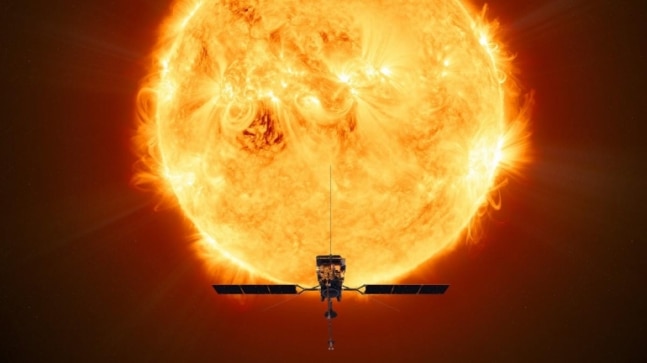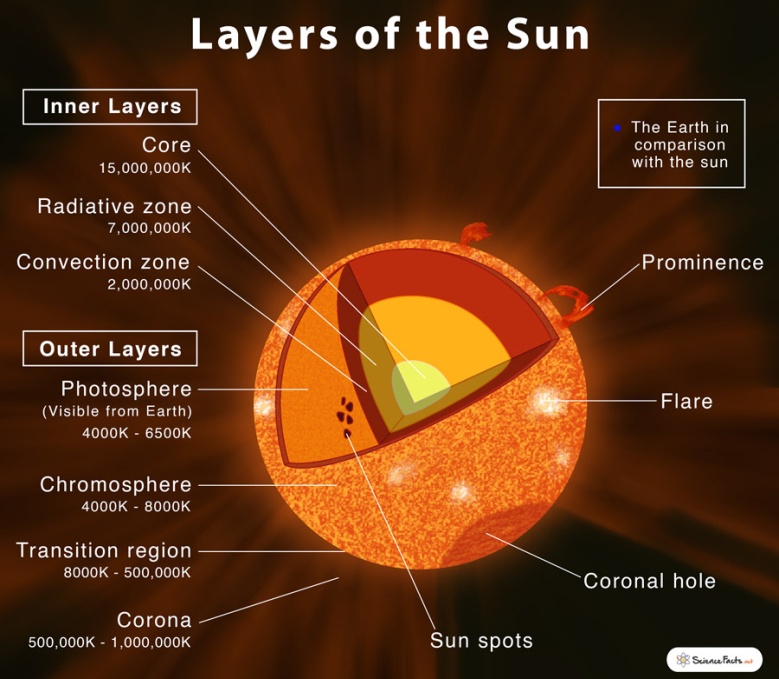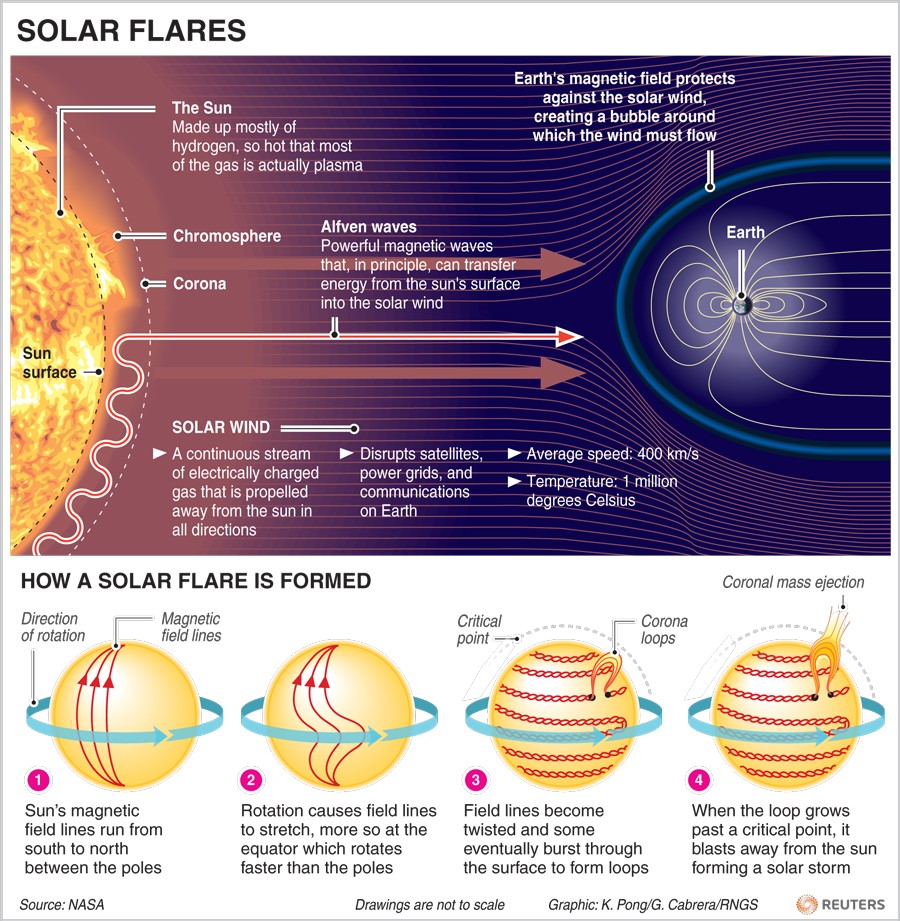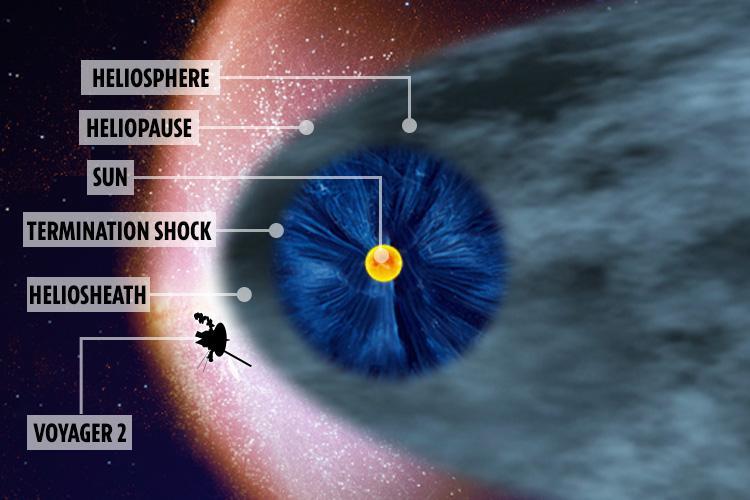Description

Copyright infringement not intended.
Context:
- NASA has selected two science missions – the Multi-slit Solar Explorer (MUSE) and HelioSwarm – to help improve our understanding of the dynamics of the Sun, the Sun-Earth connection, and the constantly changing space environment.
MUSE:
About
- The Multi-Slit Solar Explorer is a proposed Small Explorer mission for studying the dynamics of the corona and transition region using both conventional and novel spectral imaging techniques.
Objectives of the Mission
- To investigate the causes of coronal heating and instability, such as flares and coronal mass ejections, and gain insight into the basic plasma properties of the corona.
- To obtain high-resolution images of the evolution of solar flare ribbons in a field of view focused on a large, active region on the Sun.
- To understand the forces driving the heating of the Sun’s corona and the eruptions in that outermost region that is at the foundation of space weather.
Significance
- The mission will offer deeper insight into the physics of the solar atmosphere. The mission will also provide complementary observations from heliophysics research such as the Extreme UltraViolet Spectroscopic Telescope and ground-based observatories.

HelioSwarm
About
- The HelioSwarm mission is a constellation or “swarm” of nine spacecraft that will capture the first multiscale in-space measurements of fluctuations in the magnetic field and motions of the solar wind known as solar wind turbulence.
Hub spacecraft
- HelioSwarm consists of one hub spacecraft and eight co-orbiting small satellites that range in distance from each other and the hub spacecraft.
- The hub spacecraft will maintain radio contact with each small satellite. All radio contact between the swarm and Earth will be conducted through the hub spacecraft and the NASA Deep Space Network of spacecraft communication antennas.
Studying the Solar Wind
- The Sun’s outermost atmospheric layer, the heliosphere, encompasses an enormous region of the solar system.
- Solar winds spread through the heliosphere, and their interactions with planetary magnetospheres and disruptions such as coronal mass ejections affect their turbulence.
- Studying solar wind turbulence across large areas requires plasma measurements taken simultaneously from different points in space.
- The technical innovation of HelioSwarm’s small satellites operating together as a constellation provides the unique ability to investigate turbulence and its evolution in the solar wind.

|
HELIOSPHERE
The heliosphere is the magnetosphere and outermost atmospheric layer of the Sun. It takes the shape of a vast, bubble-like region of space. It is the cavity formed by the Sun in the surrounding interstellar medium. The "bubble" of the heliosphere is continuously "inflated" by plasma originating from the Sun, known as the solar wind. As part of the interplanetary magnetic field, the heliosphere shields the Solar System from significant amounts of cosmic ionizing radiation; uncharged gamma rays etc.
HELIOPAUSE
Heliopause marks the end of a region created by our sun that is called the heliosphere. At heliopause the interstellar medium and solar wind pressures balance.
TERMINATION SHOCK
The termination shock is the boundary marking one of the outer limits of the Sun's influence, and is one boundary of the solar system. It is where the bubble of solar wind particles slows down so that the particles are traveling slower than the speed of sound.
HELIOSHEATH
The "heliosheath", is a broad transitional region between the termination shock and the heliosphere's outmost edge, the "heliopause".
|

https://scitechdaily.com/helioswarm-and-muse-new-sun-missions-to-help-nasa-unlock-the-mysteries-of-our-star/
















